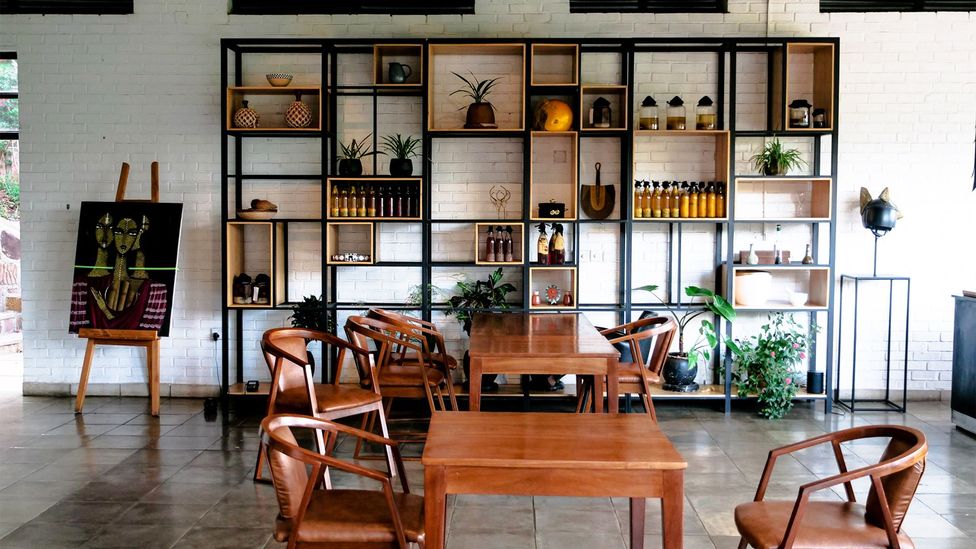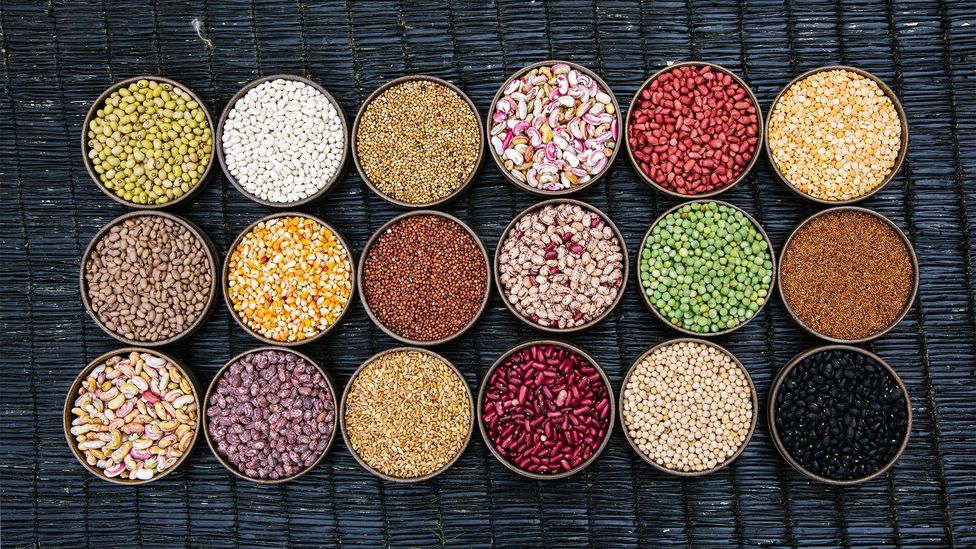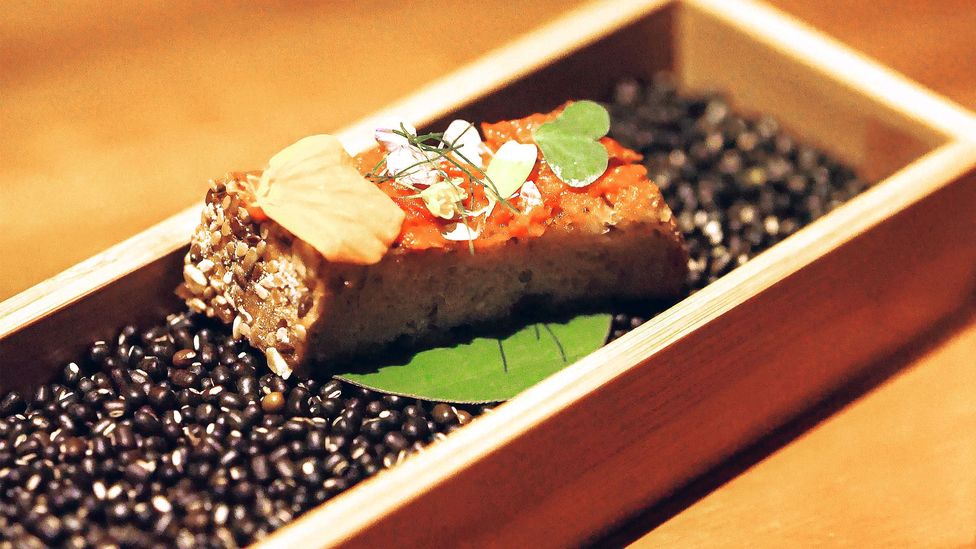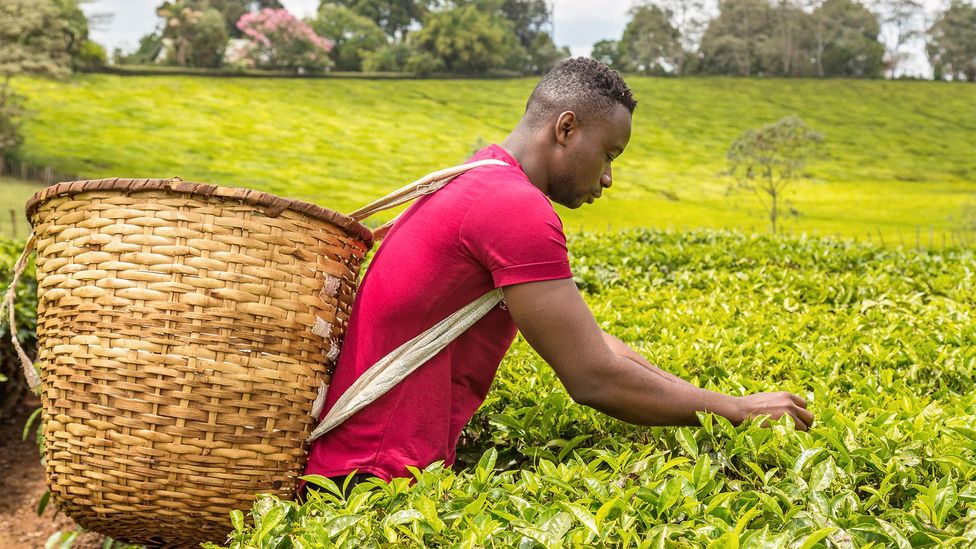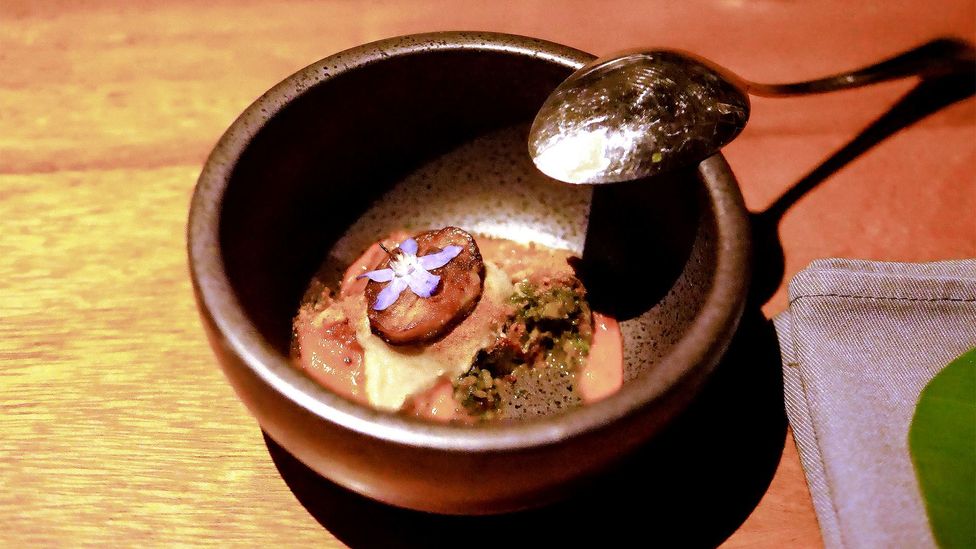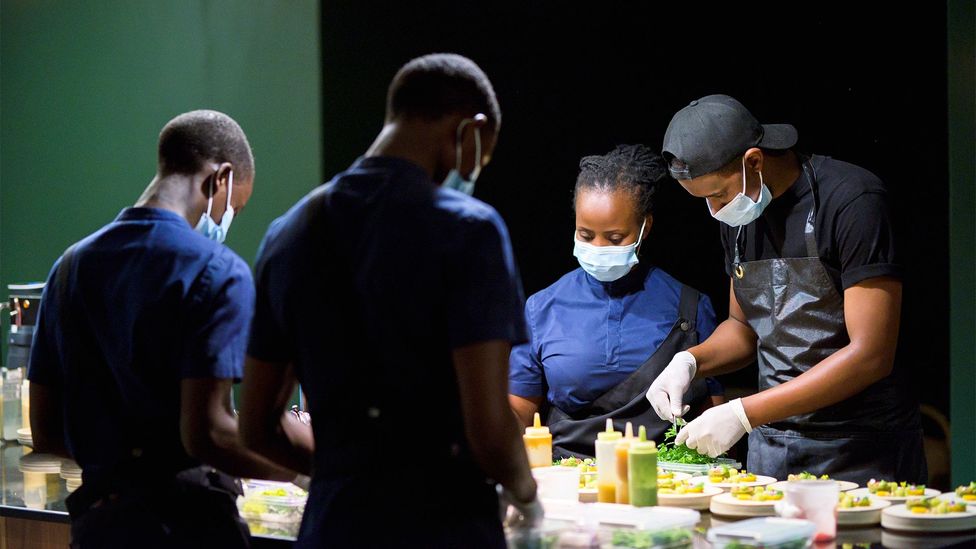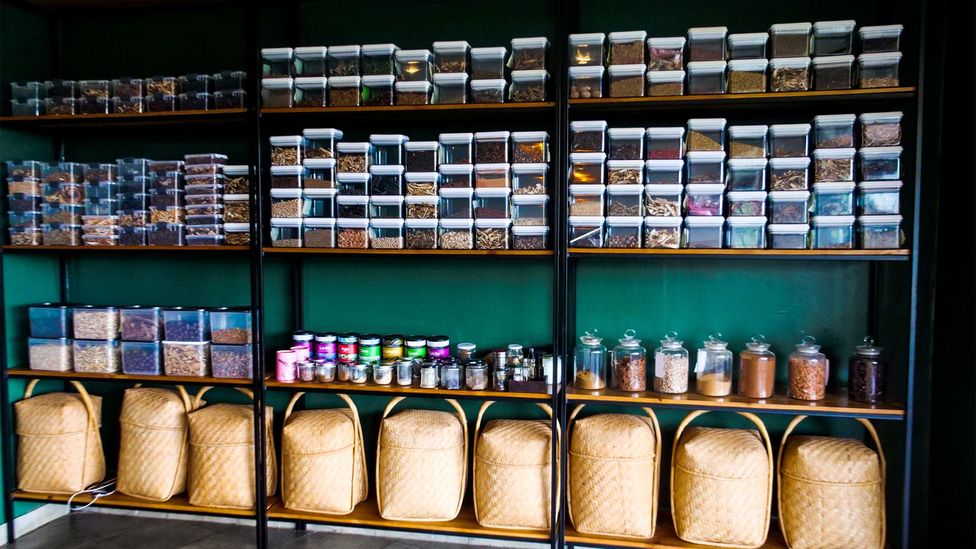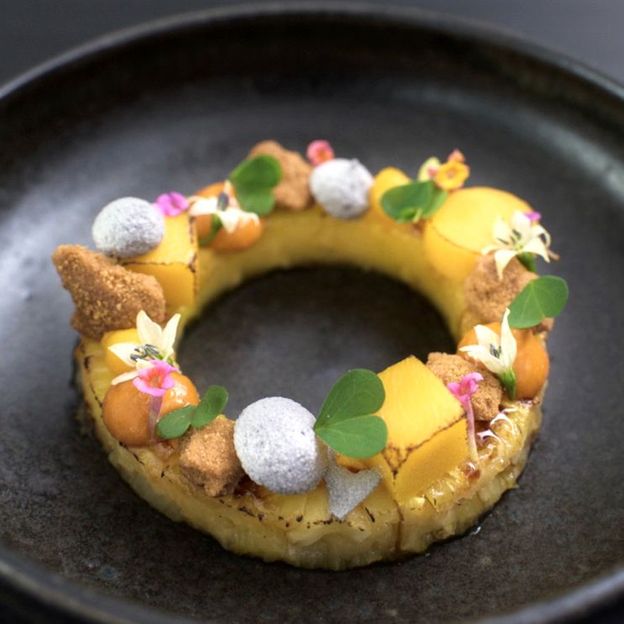s I walked up the stairs and stepped inside Meza Malonga, I was instantly drawn into the chic, minimalistic dining room. White brick walls were accented with leafy plants, bold paintings and wooden shelves framing decorative gourds, beaded necklaces, woven baskets and earthen ceramics from around the African continent. Windows opened to a mesmerising view over the lush hills of Kigali, a vivid green by day and aglow with the twinkling lights of houses by night. A few wooden tables were spread out across the intimate space as soulful lyrics and low strums of the ngoni (a traditional stringed Malian instrument) reverberated in the background.
“Meza Malonga isn’t a restaurant; it’s a home where people come to experience food,” said chef Dieuveil Malonga, as he welcomed me. Tucked into quiet streets of the Remera neighbourhood in Kigali, Rwanda, it’s also an innovative synthesis of food and storytelling infused with African culture.
In the Bantu language, meza means “table”. What’s on Malonga’s table then? Each day brings a new array of colourful creations, crafted from the fresh bounties of the season. The menu is ever-evolving as the chef refines his concept of Pan-African cuisine. From sorghum bread topped with delicate white moringa flowers and whipped avocado cream to shrimp dusted in nutty ground djansang seeds, each carefully curated course tells a story – or two – about Africa.
The drought-resistant moringa plant is native to Africa (and Asia). The djansang seeds originate from Cameroon. The shrimp is sourced from the shores of Mombasa, Kenya. And the sorghum grain has 5,000-year-old roots in Ethiopia.




